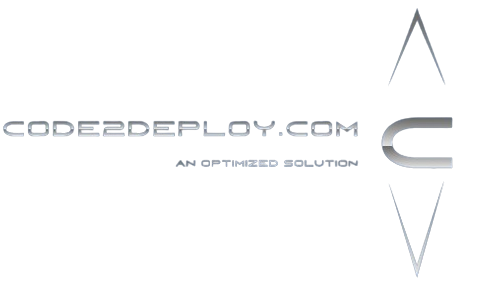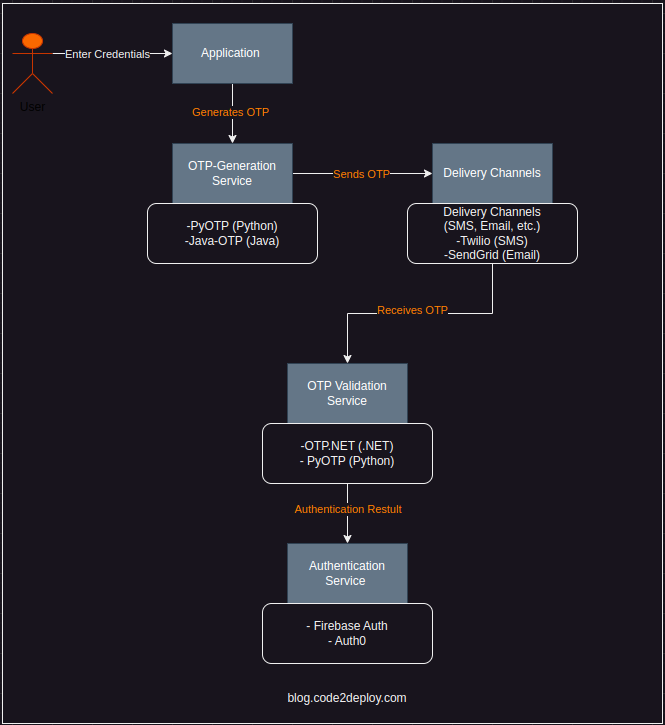In an era defined by digital innovation, cybersecurity stands as the bastion protecting our interconnected world from the ever-looming threats of cybercrime. As technology continues to evolve, so too do the methods employed by malicious actors seeking to exploit vulnerabilities across the tech landscape. From applications and web services to cloud infrastructure and beyond, each component presents its own unique set of security challenges. Let’s explore the key security threats and mitigation strategies for various aspects of the tech stack, along with the pivotal roles of DevOps, Network Engineers, Cloud Engineers, and Software Engineers in fortifying our digital defenses.
1. Application Security:
Applications serve as the frontline interface between users and systems, making them prime targets for cyber attacks. Common threats include injection attacks, cross-site scripting (XSS), and insecure direct object references (IDOR). To mitigate these threats, developers should implement secure coding practices, conduct regular vulnerability assessments, and employ web application firewalls (WAFs) to filter and monitor incoming traffic.
Example: A banking application vulnerable to SQL injection attacks allows hackers to access sensitive customer data stored in the database by injecting malicious SQL commands into input fields.
Mitigation: Implement parameterized queries and input validation to prevent SQL injection attacks, utilize frameworks with built-in security features, and regularly patch and update application dependencies.
2. Web Application Security:
Web applications, accessible over the internet, face a multitude of threats ranging from OWASP Top 10 vulnerabilities to distributed denial-of-service (DDoS) attacks. Employing secure authentication mechanisms, implementing HTTPS encryption, and implementing robust access controls are essential for safeguarding web applications against unauthorized access and data breaches.
Example: A retail website vulnerable to cross-site scripting (XSS) attacks allows attackers to inject malicious scripts into web pages, compromising user sessions and stealing sensitive information.
Mitigation: Utilize content security policies (CSP), input validation, and output encoding to mitigate XSS vulnerabilities, employ secure session management techniques, and leverage web application firewalls (WAFs) to filter malicious traffic.
3. On-Premises Server Security:
On-premises servers house critical data and services within an organization’s internal network, making them lucrative targets for cyber attacks. Threats such as malware infections, insider threats, and unauthorized access pose significant risks to server security. Employing robust access controls, implementing intrusion detection and prevention systems (IDPS), and regularly patching and updating server software are essential for mitigating these threats.
Example: A compromised on-premises server due to outdated software exposes sensitive customer data to unauthorized access, resulting in data breaches and regulatory penalties.
Mitigation: Utilize strong authentication mechanisms, implement least privilege access controls, segment network traffic using firewalls, and conduct regular security audits and vulnerability assessments.
4. Cloud Server Security:
Cloud servers, hosted on remote infrastructure, offer scalability and flexibility but also introduce new security challenges. Threats such as misconfigured access controls, data breaches, and account hijacking pose significant risks to cloud server security. Implementing robust identity and access management (IAM) policies, encrypting sensitive data, and conducting regular security audits are crucial for securing cloud environments.
Example: Misconfigured access controls on a cloud storage bucket expose sensitive corporate documents to unauthorized users, leading to data leaks and compliance violations.
Mitigation: Implement multi-factor authentication (MFA), utilize encryption for data at rest and in transit, leverage cloud-native security tools and services, and regularly review and update access permissions.
5. Docker and Kubernetes Security:
Containerized environments powered by Docker and Kubernetes offer agility and efficiency but also introduce new security considerations. Threats such as container escapes, privilege escalation, and insecure container images pose risks to containerized applications. Implementing container security best practices, utilizing security-enhanced Linux (SELinux), and leveraging container orchestration tools are essential for securing Docker and Kubernetes environments.
Example: A vulnerable container image containing outdated dependencies allows attackers to exploit known vulnerabilities and compromise the underlying host system.
Mitigation: Regularly scan container images for vulnerabilities, enforce container image signing and validation, implement network segmentation for container traffic, and employ runtime security tools for container runtime protection.
6. Database Security:
Databases store valuable information assets, making them prime targets for cyber attacks. Threats such as SQL injection, data breaches, and insider threats pose significant risks to database security. Employing robust authentication and authorization mechanisms, encrypting sensitive data, and implementing database activity monitoring are essential for securing databases against unauthorized access and data breaches.
Example: A SQL injection attack against a vulnerable web application allows attackers to extract sensitive customer data stored in the database, resulting in financial losses and reputational damage.
Mitigation: Utilize parameterized queries and prepared statements to prevent SQL injection attacks, implement database encryption for sensitive data, enforce least privilege access controls, and conduct regular database security assessments.
7. HTTPS Server Security:
HTTPS servers, responsible for securely transmitting data over the internet, play a critical role in protecting user privacy and data integrity. Threats such as man-in-the-middle (MITM) attacks, SSL/TLS vulnerabilities, and certificate misuse pose risks to HTTPS server security. Employing strong encryption algorithms, regularly updating SSL/TLS certificates, and implementing secure HTTP headers are essential for securing HTTPS servers against unauthorized interception and data tampering.
Example: An outdated SSL/TLS certificate on a web server exposes users to MITM attacks, allowing attackers to intercept and modify sensitive data transmitted between the client and server.
Mitigation: Utilize modern encryption algorithms such as TLS 1.3, regularly update SSL/TLS certificates, implement HTTP strict transport security (HSTS), and leverage certificate transparency logs for certificate validation.
As we navigate the complex terrain of cybersecurity, new roles emerge to address evolving threats and fortify our defenses across the tech stack. In addition to the foundational roles of DevOps, Network Engineers, Cloud Engineers, and Software Engineers, let’s explore the responsibilities and contributions of Security and Compliance, DevSecOps, Cybersecurity Engineer, and Penetration Tester roles.
DevOps:
DevOps teams play a crucial role in integrating security into the software development lifecycle (SDLC) by adopting security-by-design principles, implementing automated security testing, and collaborating with security teams to identify and remediate vulnerabilities early in the development process.
Cloud Engineer:
Cloud engineers play a pivotal role in implementing cloud security best practices, configuring secure network access controls, and leveraging cloud-native security tools and services to protect cloud environments against cyber threats.
Network Engineer:
Network engineers are responsible for designing and implementing secure network architectures, deploying intrusion detection and prevention systems (IDPS), and monitoring network traffic for suspicious activity to detect and mitigate cyber threats in real-time.
Software Engineer:
Software engineers are responsible for writing secure code, following secure coding practices, and conducting code reviews to identify and remediate vulnerabilities before deployment. By integrating security into the software development process, software engineers can minimize the risk of security breaches and enhance the overall security posture of applications and systems.
Security and Compliance:
Security and Compliance professionals serve as guardians of regulatory standards and industry best practices, ensuring organizations adhere to relevant security frameworks and compliance requirements. Their primary responsibility is to establish and maintain robust security policies, conduct risk assessments, and oversee compliance audits to mitigate legal and regulatory risks.
DevSecOps:
DevSecOps practitioners integrate security practices into the software development lifecycle (SDLC) by adopting security-by-design principles, implementing automated security testing, and collaborating with security teams to identify and remediate vulnerabilities early in the development process.
Cybersecurity Engineer:
Cybersecurity Engineers design and implement security architectures and controls to protect systems, networks, and data from cyber threats. They conduct security assessments, monitor and respond to incidents, and provide guidance on security best practices.
Penetration Tester:
Penetration Testers, also known as Ethical Hackers, simulate cyber attacks to identify and exploit security vulnerabilities in systems, networks, and applications. They conduct penetration tests, document findings, and collaborate with security teams to address identified vulnerabilities.
In conclusion, cybersecurity is a collective responsibility that spans across the entire tech stack, from applications and web services to cloud infrastructure and beyond. By understanding the key security threats and implementing appropriate mitigation strategies, organizations can effectively safeguard their digital assets against cyber attacks and mitigate the risk of data breaches and financial losses. From DevOps and network engineers to cloud engineers and software engineers, every stakeholder plays a critical role in fortifying the digital fortress and ensuring a secure and resilient technology ecosystem for the future.


